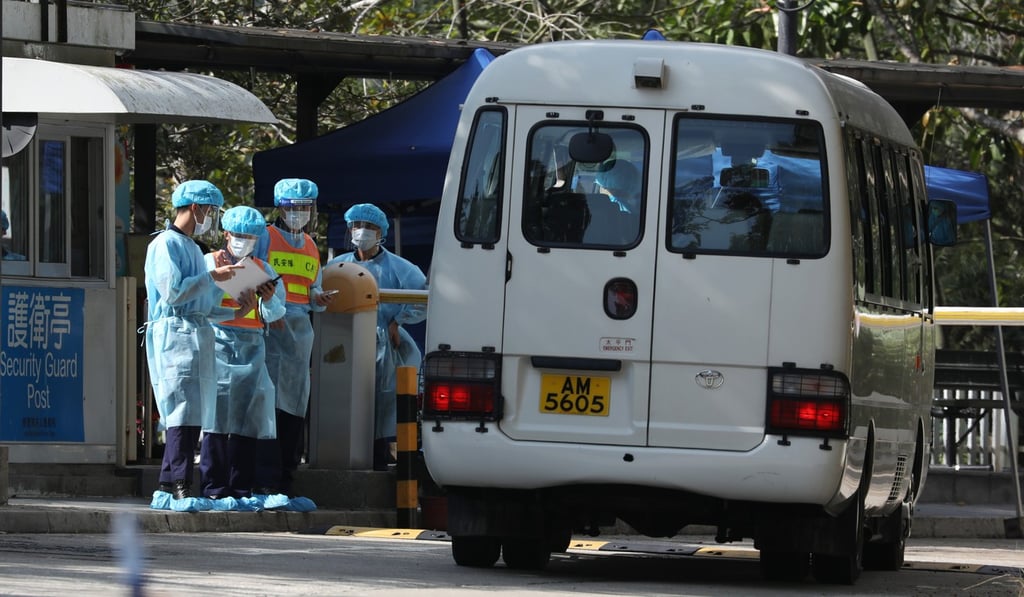Asian Angle | Bird flu, Sars, China coronavirus. Is history repeating itself?
- Hongkongers could be forgiven any déjà vu over the latest outbreak of a deadly virus originating in mainland China
- A common thread appears to link each of these disasters: a Chinese penchant for secrecy that makes things worse.

Sometimes history seems to unspool in a continuous playback loop. That is the feeling from watching Hongkongers donning face masks, dousing hands with sanitiser and once again bracing for the possibility of a deadly new virus outbreak originating in mainland China spreading here.
Chinese authorities’ delayed response, the secrecy breeding mistrust, the lack of full transparency and efforts to control the narrative by downplaying the seriousness – it all rings sadly familiar.
That was certainly the case in late 1997, just after China’s assumed sovereignty over Hong Kong, when the territory was hit by an outbreak of the H5N1 virus known as “bird flu”. Well into the outbreak, with people sick and some dying, Hong Kong officials were reluctant to finger China as the source, even though 80 per cent of the territory’s poultry came from the mainland. Hong Kong ordered the slaughter of more than 1.3 million chickens, ducks, pigeons and other birds, but officials were still nonsensically hesitant to point to China as the culprit behind the contagion out of fear of contradicting Beijing which insisted, wrongly, that all its chickens were healthy.

The government did not warn the public for months, allowing people carrying the virus to migrate freely, and did not alert the WHO until February 2003. China finally began concerted action in the summer of 2003, and SARS – severe acute respiratory syndrome – was quickly brought under control. But the inadequate reporting and delayed response led to a public health trust deficit that persists today.
